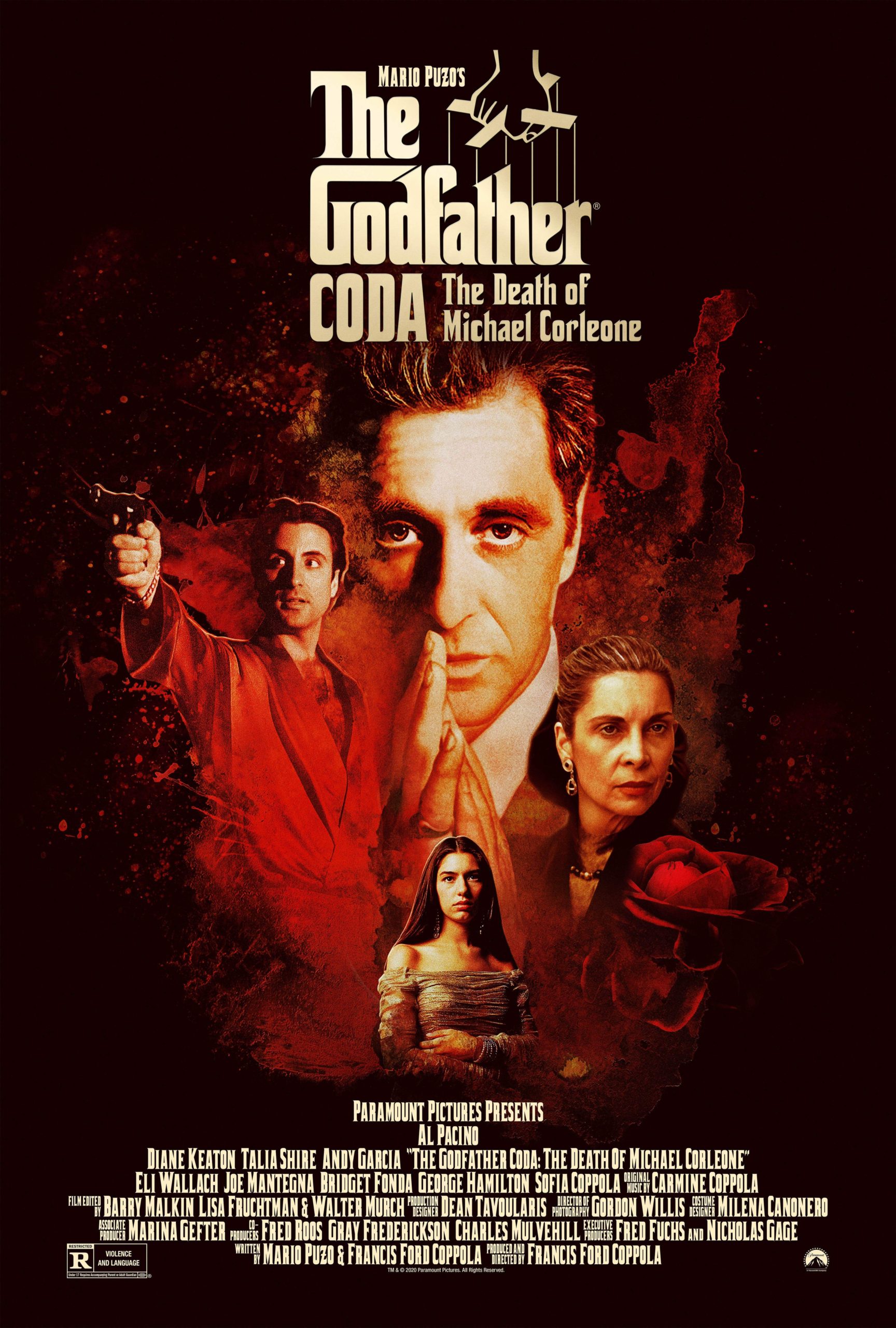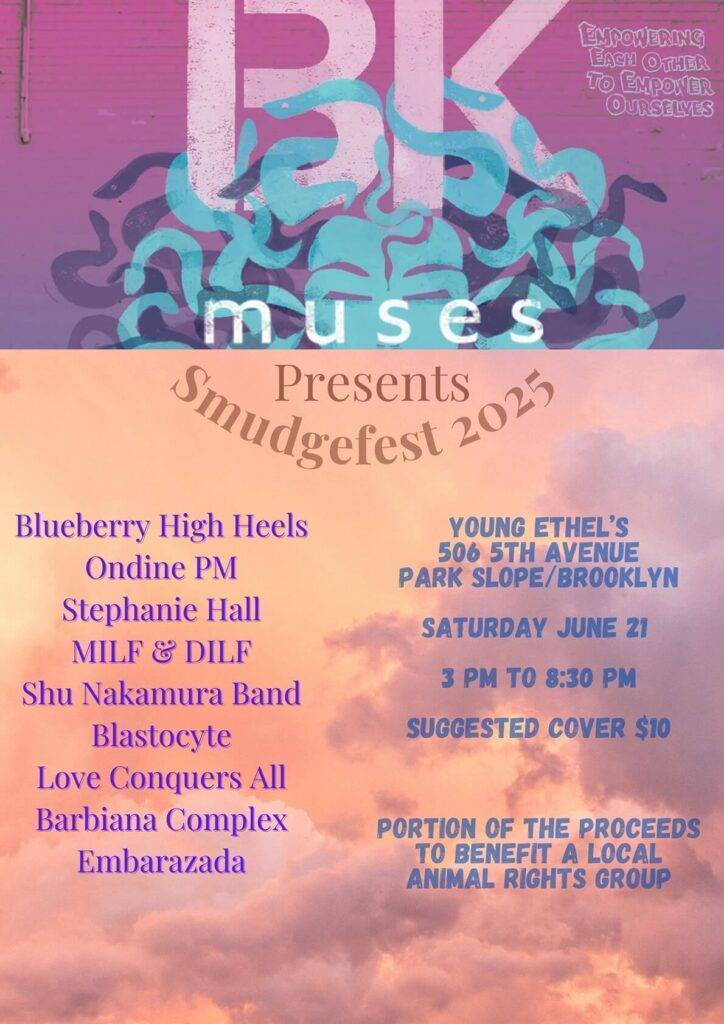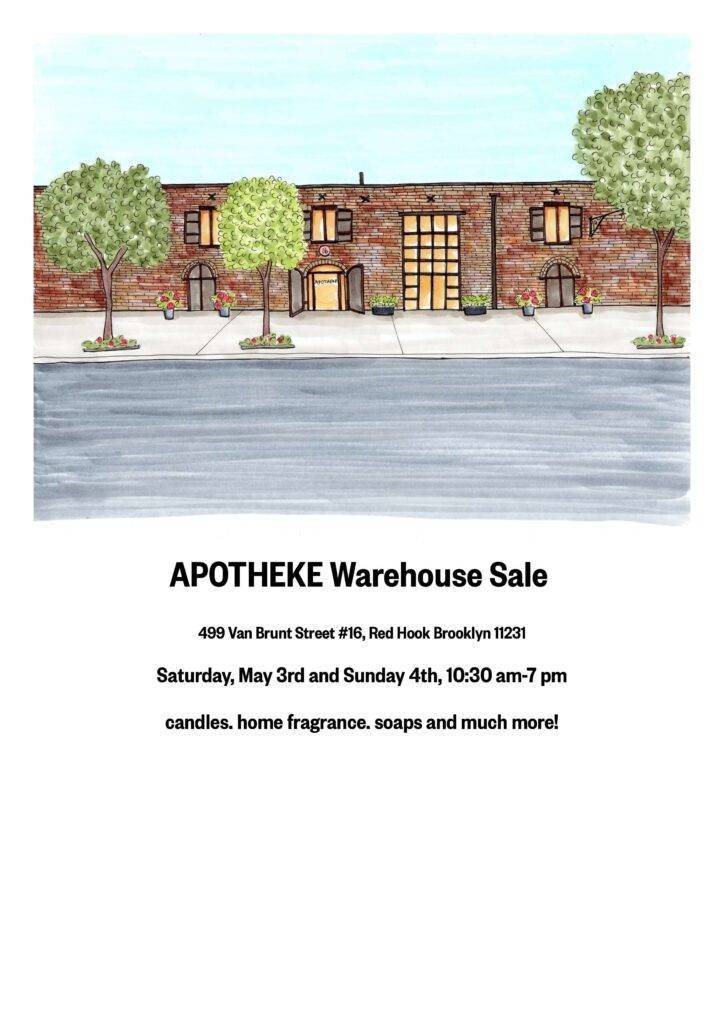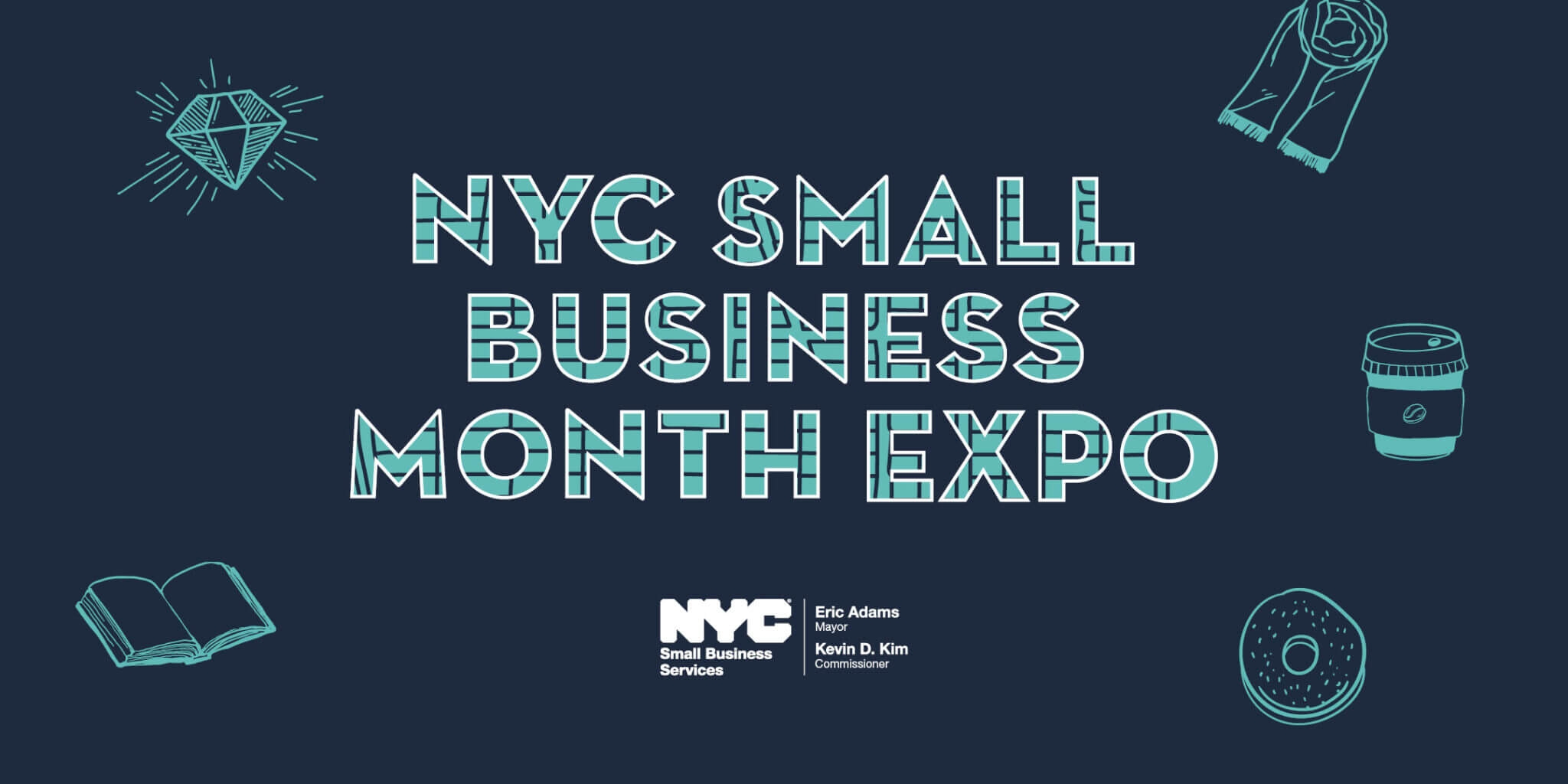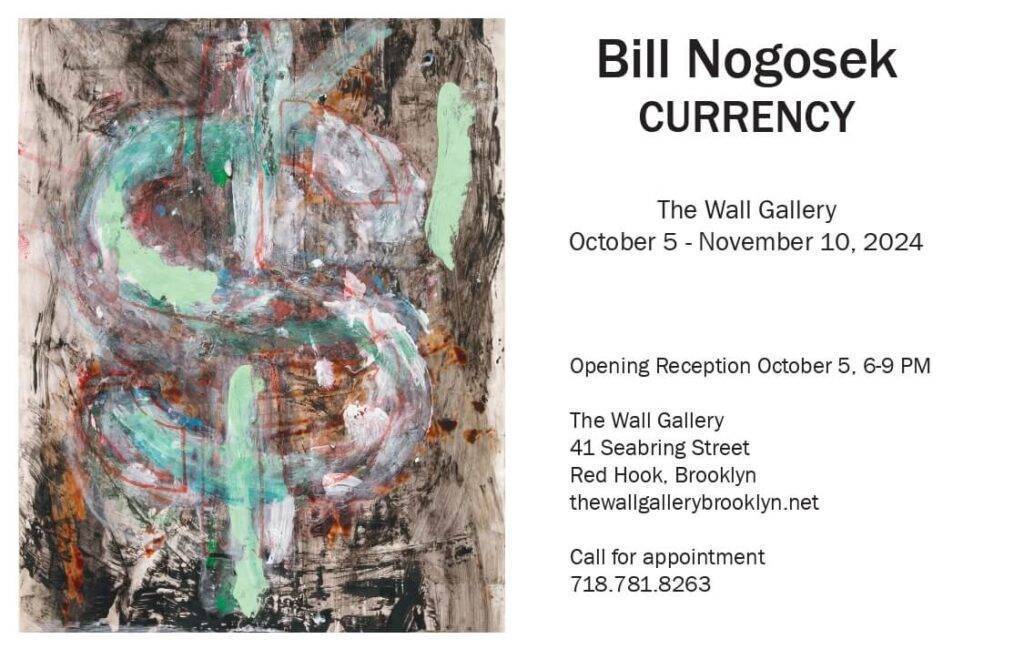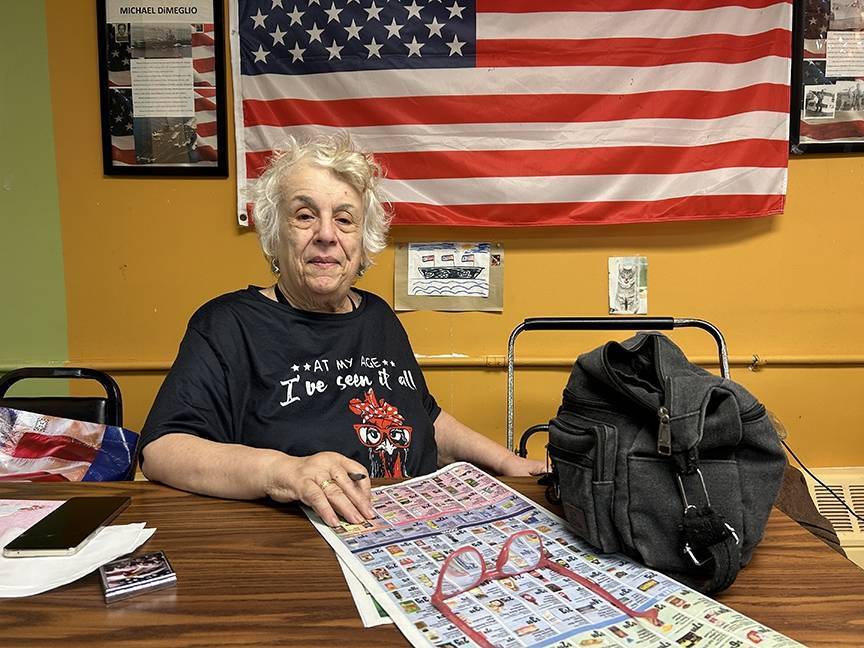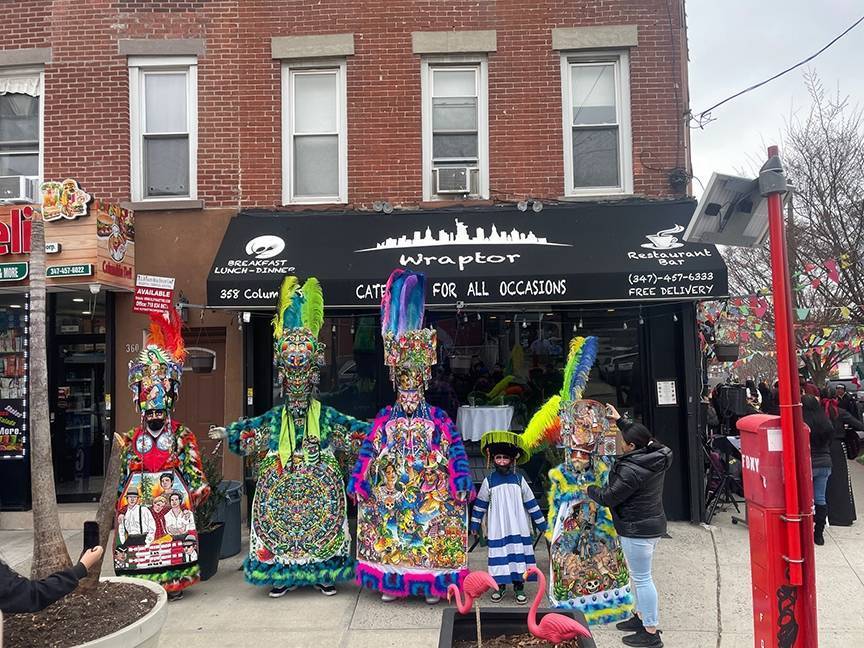Artists, when they reach a certain age, can feel the tug of legacy and revisit and tinker with their work. That’s as true for painters and sculptors as it is for filmmakers. George Lucas fiddling with his original Star Wars trilogy is the most notorious example, but Lucas’ old friend and patron Francis Ford Coppola has been in a contemplative mood for 20 years.
Beginning with Apocalypse Now, which he recut and re-released in 2001 as Apocalypse Now Redux, Coppola has returned to a number of his films, either to restore and preserve them, as in the case of Tucker: The Man and His Dream (1988) and The Conversation (1974), or to make substantive changes to bring a film in line with his original intentions. He re-edited and re-released The Cotton Club (1984) in 2019 as The Cotton Club Encore; that same year he consolidated Apocalypse Now and Redux into Apocalypse Now: Final Cut.
[slideshow_deploy id=’12282′]
Coppola’s latest effort isn’t his heaviest lift, but it’s arguably the highest profile since Redux. The Godfather Coda: The Death of Michael Corleone, which will be released on Blu-Ray and digital services December 8, is a re-edit — and a reconceptualization — of The Godfather Part III, one of the filmmaker’s more notorious late-career films. And it absolutely salvages the final chapter in the Corleone saga.
Released in 1990, the third and final installment in the Godfather trilogy is unquestionably a Godfather film. Crime family patriarch Michael Corleone (Al Pacino) tries to, finally, take the Corleone family legitimate; dark underworld forces conspire to retain their grip on the family; betrayal is everywhere; all family debts are settled in a bloody montage; and it’s all set on a global stage that includes a multinational real estate conglomerate, the Vatican, and papal assassination. But unlike its predecessors, Part III is shaggy, wandering, and less assured. At 170 minutes, it’s the shortest film in the trilogy, yet it feels interminable. Excellent performances, from Pacino to Talia Shire, returning as Connie Corleone, to Andy Garcia as Sonny Corleone’s illegitimate son Vincent, are often overwhelmed, while Sofia Coppola’s now-notoriously bad turn as Michael’s daughter Mary can often feel excruciating and embarrassing. And with so much time on its hands, the script’s contrivances and hammy dialogue — all in service to laboriously recalling the first two film’s greatest hits — have way too much room to breathe and linger on screen.
The Godfather (1972) and The Godfather Part II (1974) were bonafide, zeitgeist-altering masterpieces; the latter arguably the greatest piece of American filmmaking ever realized. The Godfather Part III, like its predecessors, entered the pop culture firmament — but for all the wrong reasons. It was ultimately nominated for seven Academy Awards, including Best Picture, but didn’t win any. Worse, by the time it was released a cinematic property once full of New Hollywood verve and audacity had become a creaky nostalgia act. It was a reality brought into stark relief by the other organized crime film released that year, GoodFellas, as much a mold-breaker as the first Godfather was 18 years earlier. And next to Scorsese’s jittery, hyperviolent, voyeuristic update on the mob movie, Coppola’s third crack at the Corleones felt staid, retro, and ill-conceived.
To be fair to Coppola, The Godfather Part III was a film he had no interest in making. Dire personal financial conditions made the decision for him. And once work began, it was beset by problems ranging from Hollywood picayune — How much salary are returning stars worth? Does its release date getting pushed back mean it’s a turkey? — to the existential — Winona Ryder, originally cast as Mary, dropped out after production began and replaced by Coppola’s daughter. And where the Coppola of the ‘70s, flush with leverage and vigor, could fight for every inch of celluloid, the Coppola making Part III, while still a considerable artist, was essentially a director for hire. He and Godfather novelist and co-screenwriter Mario Puzo couldn’t even give it the title they wanted.
But time has a way of smoothing things out. Viewers can approach the film on its own terms, not those dictated by the cultural conversation. Home video allows us to watch all the films together, so the intentionality becomes more readily apparent. Behind-the-scenes conflicts are forgotten by all but the most committed Tinseltown gossip. And even if nothing can totally salvage Sofia Coppola’s performance (which is not her fault; she never wanted the part and doesn’t deserve the decades of scorn she has received from movie nerds), three decades later it’s hard to know what all the fuss was about. The Godfather Part III is absolutely the lesser of the three films; nothing could match the first two in intensity and influence. But it hardly deserves its reputation as a white elephant of a disaster, even if you have to slog through a lot to find the gem of a film buried in the thicket.
The Godfather Coda is the machete Part III desperately needed 30 years ago. Besides giving it a new title — which is actually the old title preferred by Coppola and Puzo — Coppola gave Part III a new beginning and ending and made substantive cuts to the film to bring it down from 170 to 157 minutes. “In musical terms, a coda is sort of like an epilogue, it’s a summing up, and that’s what we intended the movie to be,” Coppola says in a new introduction to the film. “Many scenes have been repositioned, and the picture has been given, I think, a new life, which does in fact act as an illumination of what the two films meant.”
This kind of thing often smacks of vanity, a filmmaker recalibrating a work just because he can. But Coda is that rare exercise where a re-edit is also a restoration, in the art-world sense of the word. Coppola has stripped away layers of varnish — filler sequences, elements of plotlines, three decades of studio-forced compromise and unearned notoriety — to expose the masterpiece hidden below.
The effort took nearly a year to complete, Andrea Kalas, Paramount’s Head of Archives, told the Star-Revue. Coppola “had a strong vision of how he wanted to make this a real ending to the trilogy, a real completion statement,” she said. “He had wanted to do this re-edit for a long time and had done an enormous amount of work on it and talked about it with other people that he trusted. By the time we got around to actually putting it together, he had a very strong idea of what he wanted to do and where he wanted it to go.”
To realize Coda, Kalas and her team at Paramount leaned on a Godfather trilogy restoration completed in 2008. They used that version of Part III as reference when assembling Coda, while essentially reusing the restored soundtrack that came out of the project. “We couldn’t have done [Coda] without” the work done 12 years ago, Kalas said.
The biggest challenge was locating the best elements from the original shoot to accomplish the re-edit. They needed new shots as well as different versions of moments that ended up in Part III, and they spent six months combing the archives and sifting through 300 trim boxes (containers of pieces of film collected during the editing process) at Paramount to assemble the pieces. Because Part III was shot only 30 years ago, the materials were in fairly good shape and nothing appeared missing.
That allowed Coppola to realize the film he and Puzo set out to make three decades ago.
To be sure, there are still problems. No amount of work can mitigate the problems with the script, the blunt-force symbolism and callbacks, or, yes, Sofia Coppola’s performance (it’s softened here, but she’s still too unprepared to be so important to the film). But The Godfather has always been operatic pulp, and in that way Coda feels a part of the Corleone saga in ways Part III didn’t. It’s fresh yet familiar, like the déjà vu of experiencing a dream in your waking life — fitting for a film haunted by the ghosts (on-screen and off) of its predecessors.
“When I saw [Part III] way back, it was like ‘Oh, I don’t know.’ It didn’t seem to do that well and the reviews weren’t great,” series co-star Diane Keaton recently told Variety. “But Francis restructured the beginning and the end and man, I’m telling you it worked.”
It’s a sentiment echoed by Kalas, who upon seeing Coda for the first time said, “I really get it now.”
“Mr. Coppola absolutely achieved what he was trying to do,” she added. “I do think that the story flows much better. Things are clearer. And it’s beautiful to watch. It’s absolutely stunning to watch. The cinematography, the costumes, the set design, it’s sumptuous, it’s delicious, it’s wonderful, we’re in the Corleone world again. What’s not to like?”

